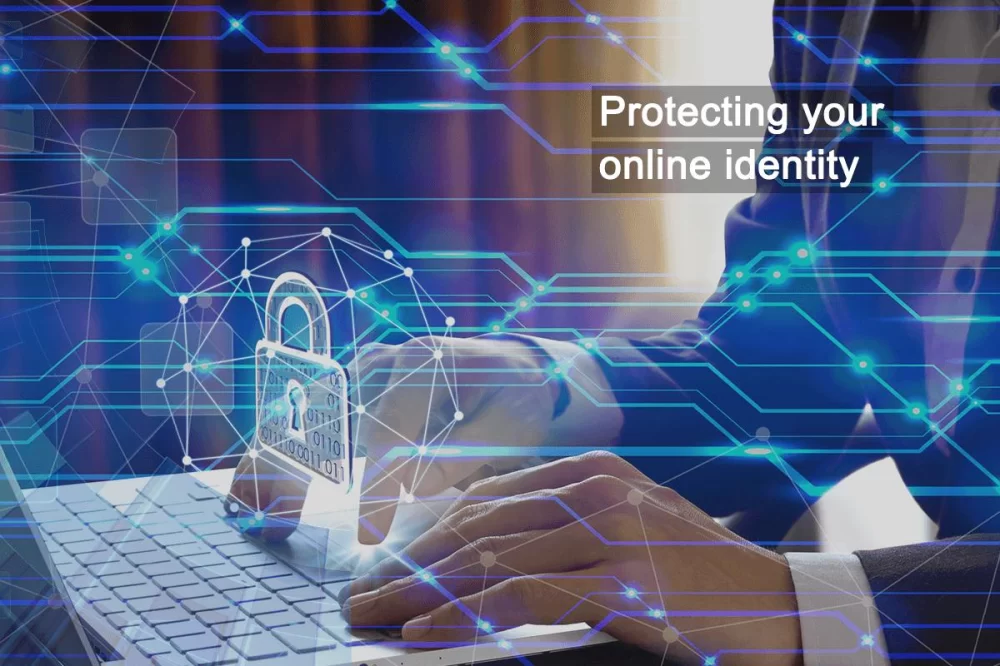- 1-understanding-legal-protection-for-online-content
- 2-copyright-basics-for-digital-content
- 3-using-licenses-to-control-content-use
- 4-digital-tools-to-prevent-content-theft
- 5-real-world-examples-of-content-protection
- 6-professional-advice-and-services-from-fred-miller-lawyer
1. Understanding Legal Protection for Online Content
In today’s digital age, knowing how to legally protect your online content is crucial for creators, bloggers, and businesses alike. Legal protection ensures your original work is not copied, misused, or exploited without your permission, preserving your rights and potential revenue streams.
Protecting your content involves understanding intellectual property laws and applying them effectively to digital formats.
1.1 Why Protection Matters
Online content is easily accessible and shareable, making it vulnerable to unauthorized use. Proper legal safeguards empower you to enforce your rights and seek remedies if infringement occurs.
2. Copyright Basics for Digital Content
Copyright law automatically protects original works the moment they are fixed in a tangible form, including digital files. However, registering your copyright enhances legal standing and can be critical if you must enforce your rights.
2.1 What Can Be Copyrighted
Written articles, photographs, videos, music, software code, and even website designs are eligible for copyright protection.
2.2 The Registration Process
While registration requirements vary by country, filing with your national copyright office provides official documentation that strengthens your claims against infringement.
3. Using Licenses to Control Content Use
Licenses such as Creative Commons allow you to specify how others may use your content, whether for commercial purposes, modifications, or sharing. This flexible approach balances protection with sharing.
3.1 Choosing the Right License
Select licenses based on your goals—whether to encourage widespread use with attribution or restrict commercial exploitation.
4. Digital Tools to Prevent Content Theft
Beyond legal measures, technology offers tools like watermarks, digital rights management (DRM), and content monitoring services that alert you when your content is copied or republished without consent.
4.1 Monitoring and Enforcement
Regularly scanning the web for unauthorized use helps protect your rights and supports timely enforcement actions.
5. Real-World Examples of Content Protection
Consider the case of a blogger who discovered her articles reposted without permission. By having registered copyrights and using clear licensing, she successfully had the infringing content removed and received compensation. This highlights the effectiveness of combined legal and practical strategies.
6. Professional Advice and Services from Fred Miller Lawyer
For those unsure of where to start or facing complex infringement issues, consulting experts like Fred Miller Lawyer can provide tailored legal advice and representation. Their expertise ensures your content is thoroughly protected and your rights vigorously defended.
Engaging with seasoned professionals helps transform your online content protection from a theoretical concept into a practical, enforceable reality.


 charles laputka attorney
charles laputka attorney helmer legal
helmer legal laffey bucci d'andrea reich & ryan
laffey bucci d'andrea reich & ryan massey stotser
massey stotser 8501 w higgins rd chicago il 60631
8501 w higgins rd chicago il 60631 estate lawyer richmond va
estate lawyer richmond va